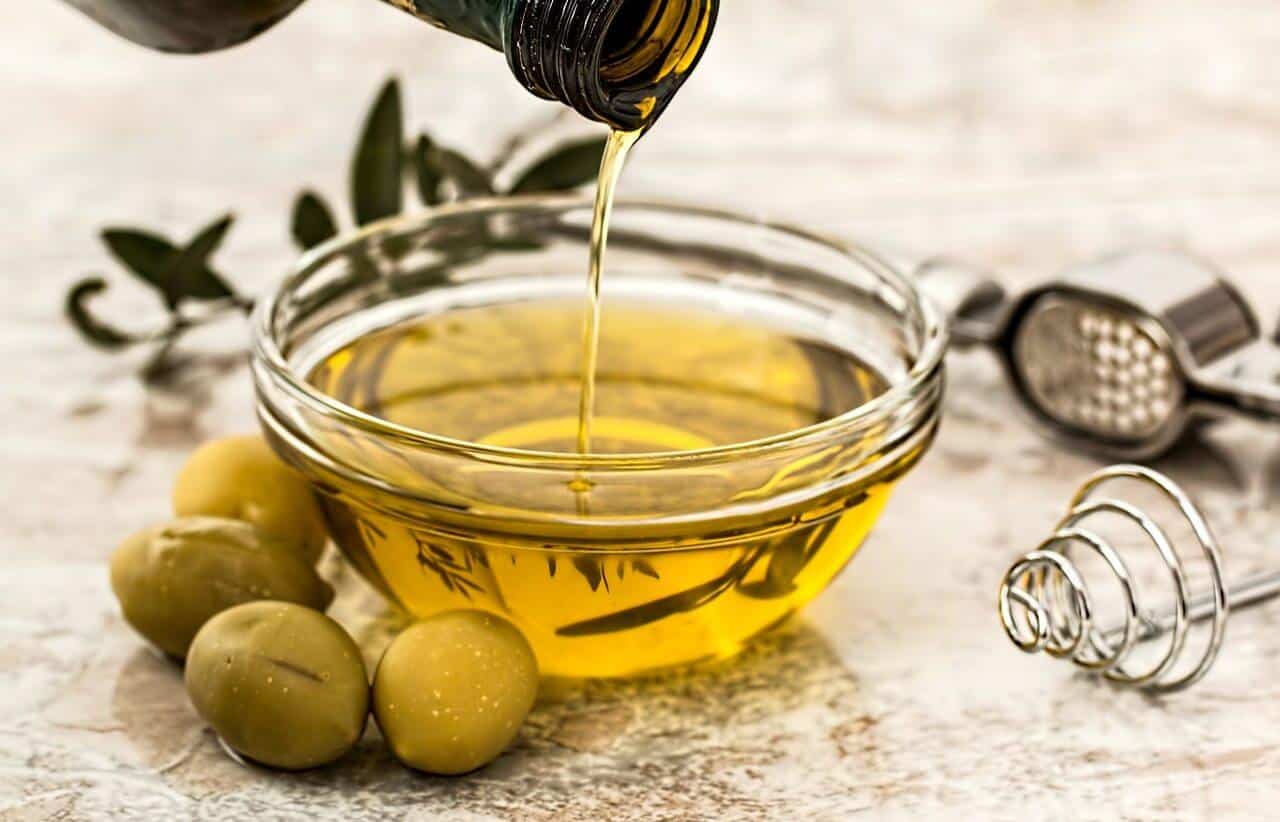Spain has approximately 1,800 factories dedicated to the production of virgin olive oil (half of which are located in Andalucia) and 308 million olive trees(185 million in Andalucia), and produces 830,000 tons of olive oil annually, around 34 percent of the world production. That makes Spain the main producing country of olive oil in the world.
The province of Jaen in general, and the city of Martos in particular, claims to be the “World Capital of Olive Oil” as the largest producer of olive oil in the world.
Traditionally, olive oil was produced by crushing olives in stone or wooden mortars or beam presses. Nowadays, olives are ground to tiny bits, obtaining a paste that is mixed with water and processed by a centrifuge, which extracts the oil from the paste, leaving behind pomace
The olive tree is native to the Mediterranean basin; wild olives were collected by Neolithic peoples as early as the 8th millennium BC. A widespread view holds that the first systematic cultivation of the olive tree worldwide took place in Greece, more specifically in Crete. The earliest surviving olive oil amphorae date to 3500 BC (Early Minoan times), though the production of olive is assumed to have started before 4000 BC. An alternative view retains that olives were turned into oil by 4500 BC in present-day Israel.
It is not clear when and where the olive tree was first domesticated: in Asia Minor in the 6th millennium; in Palestine or Syria in the 4th; or somewhere in the Fertile Crescent in the 3rd. Recent genetic studies suggest that modern cultivars descend from multiple wild ancestors, but the detailed history of domestication is not yet understood.
Many ancient presses still exist in the region; some dating to the Roman period are still in use today.

